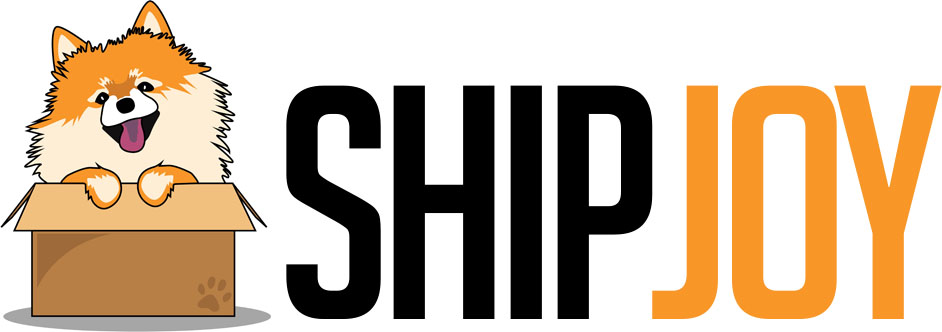Meet Demand With Supply Chain Management
If an eCommerce business is working smoothly, then the process is simple to understand and a joy to watch. The business orders stock, receives it, puts items on sale, the customer orders items, the items are sent to the customer, and the process is repeated. That’s how it works if the business is in control of its supply chain management – but if it’s not, the process can quickly become messy, leading to the loss of sales and even of customers, if it is not remedied.
The principles of supply chain management are based on ensuring that a customer can rely on the item that they order being there when they order it. The ideal transaction is the simplest transaction possible:
- The order is made
- The item is available
- The order is fulfilled
Lack of availability can mean the order is canceled by the merchant, or that the customer is asked to wait for the order to be fulfilled. In the latter case, the customer may well ask to cancel the order, because a major reason why we order items online has to do with expediency – so you need to be able to offer the customer a swift, faultless process.
The risks of not managing your supply chain are many and various, but the primary ones are as follows:
Cost Of Carrying Excess Inventory
It’s bad for your business to lose a customer due to not having enough stock, but the solution to this problem is not to ensure you have much more than enough. Sound supply chain management with the assistance of Ship Joy focuses on knowing how much of a certain product you will need and making sure you reorder when the inventory falls below a certain level. A temporary overstock is sometimes necessary, such as when a specific product is in high demand, but you need to balance this against the risks of deadstock – excess stock you can never sell because it has become obsolete or spoiled.
Knock-on Effect On Other Inventory
If an order cannot be dispatched until an out-of-stock item is replenished, or if orders are canceled due to lack of stock, then this negatively impacts the stock turnover of other items. This, in tandem with an existing issue of unreliable inventory numbers, can mean that you’re not always ordering enough to keep an optimum level of stock. Essentially, if the supply chain is failing in one area, it will be affected in other areas too, resulting in slow inventory turnover.
Repeated Stockouts
When you don’t know how much stock you have, the risk of running out of an item – known as a stockout – increases. Stockouts are just about the worst thing that can happen in your supply chain, as they disrupt everything. Customers will cancel orders if they can get those items elsewhere, and they’ll leave negative reviews for your company, too. Operating a high-quality supply chain management system through the likes of Ship Joy means that you’ll be able to proactively order new stock when it is needed, and as a consequence avoid stockouts.
Meet Customer Expectations
A first-time customer will be a last-time customer if they order an item under the impression that it will be in stock, and then get an email saying that the item will not be delivered until some date in the future. It is essential that you perform regular inventory audits, and have dynamic inventory management prioritized so that customers can see when an item is out of stock or getting close to being so. Customers don’t mind it when you don’t have something, but they don’t like it when you suggest that you do only to pull the rug once they’ve ordered.

